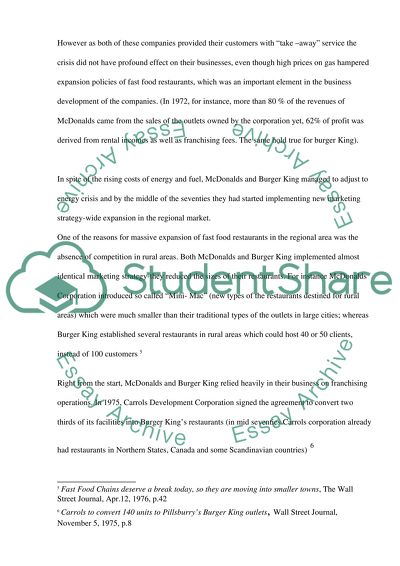Cite this document
(“Fast Food Market: A Comparison of Burger King and McDonald's Case Study - 1”, n.d.)
Fast Food Market: A Comparison of Burger King and McDonald's Case Study - 1. Retrieved from https://studentshare.org/marketing/1526420-fast-food-essay
Fast Food Market: A Comparison of Burger King and McDonald's Case Study - 1. Retrieved from https://studentshare.org/marketing/1526420-fast-food-essay
(Fast Food Market: A Comparison of Burger King and McDonald'S Case Study - 1)
Fast Food Market: A Comparison of Burger King and McDonald'S Case Study - 1. https://studentshare.org/marketing/1526420-fast-food-essay.
Fast Food Market: A Comparison of Burger King and McDonald'S Case Study - 1. https://studentshare.org/marketing/1526420-fast-food-essay.
“Fast Food Market: A Comparison of Burger King and McDonald'S Case Study - 1”, n.d. https://studentshare.org/marketing/1526420-fast-food-essay.


